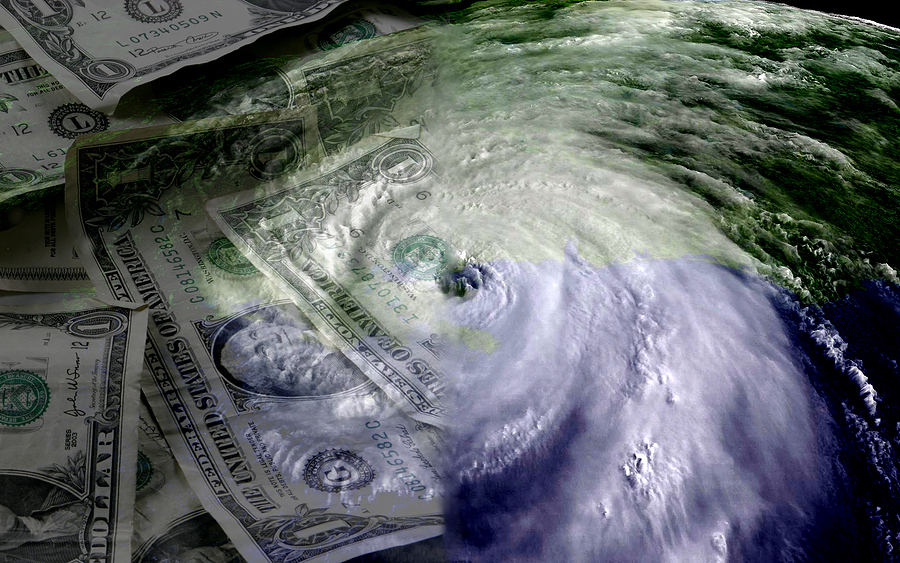There is “growing pressure” to support increased rates in property/casualty insurance and reinsurance markets, rating agency A.M. Best has concluded in its most recent market analysis.
As a consequence, Best said it is maintaining its stable rating outlook for the global non-life reinsurance industry.
Reinsurers have already begun to increase rates and are hopeful for a firmer market, according to the analysis that was conducted following the Tohoku earthquake and Tsunami in Japan.
Cumulative insured losses from other recent catastrophes, including the Christchurch earthquake in New Zealand and flooding in Australia, have prompted companies to adopt strategies to conserve capital and press for higher rates, the report said.
“Reported combined ratios for the first quarter have increased significantly from those reported on Dec. 31, 2010, and some reinsurers may find it difficult to produce an underwriting profit for the full year based on losses incurred to date,” according to Best.
However, the rating agency said, the industry faces further challenges in achieving profitability as the hurricane season approaches and investment yields remain low.
Best said its decision to maintain most of its current ratings, reflects that companies “generally” have factored probable maximum losses (PMLs) into their capital resources and that “no single loss thus far has exceeded a company’s stated risk appetite.”
However, first-quarter catastrophe events, which potentially could cost the industry $50 billion, are pushing underwriting losses close to companies’ single-event PMLs, which Best considers in its capitalization reviews of companies.
“Accordingly, while reinsurers continue to maintain sound capital positions, the excess capacity that existed at the prior year end has clearly been diminished,” Best said.
The catastrophes aren’t limited to the Japanese earthquake, although it is the largest insured loss event, with estimates ranging between $12 and $39 billion. There were also the 7.0 magnitude earthquake in New Zealand in February, and flooding in Australia. A storm in the North Sea in February that caused an estimated $800 million in damages to the Gryphon offshore energy platform. Insured losses from the recent tornadoes in the U.S. are estimated in excess of $5 billion.
Both primary carriers and reinsurers will feel the hit. Best said that as of Dec. 31, 2010, combined ratios averaged in the mid-90s but they have increased significantly, with combined ratios for some companies exceeding 200 for the first quarter. This higher ratio demonstrates that consumption of capital has increased since year-end.
Reinsurers and insurers are are also facing challenges due to investment conditions.
“Investment yields are low, and the recent depreciation of the U.S. dollar could become an additional challenge for companies reporting results in dollars and paying losses in different currencies. Additionally, a sudden spike in interest rates could produce investment losses, further pressuring capital,” the report said.
Best said companies must focus increasingly on profitable underwriting. “During the past three to four years, primary companies have been increasing retentions, in part to retain premium volume. As the demand for reinsurance has dwindled in recent years, reinsurers have chased a smaller book of business,” the analysis said.
That may be changing. Best said it is believes that primary insurers’ appetite for reinsurance could increase for a range of reasons. Losses from recent catastrophes in the United States and around the globe have eaten into some of the excess insurance capacity.
“Furthermore, companies’ capital could deteriorate further. Accident-year underwriting performance has deteriorated steadily during the past several years, offset by favorable reserve development from older accident years. This favorable reserve development has been diminishing and could push non-catastrophe-exposed lines of business to underwriting losses in the near term.”
There are other non-catastrophic factors that are increasing the demand for reinsurance. These include higher capital requirements from the approaching implementation of the Solvency II regulations in Europe, and the new version (RMS 11) catastrophe model, which has increased PMLs considerably.
Best cautioned that, although “no company should manage its catastrophe exposure purely on a model, such a change is likely to result in companies taking a closer look at their view of catastrophe exposure and their comfort level with the risk exposure.”
Best also said that there is some new capital coming into the reinsurance market, mostly continued interest in cat bonds and a few “sidecars,” but the rating agency doesn’t foresee a host of new company formations, as occurred in 2005 after hurricane Katrina.
Source: A.M. Best
Topics Catastrophe USA Profit Loss Reinsurance Property Casualty
Was this article valuable?
Here are more articles you may enjoy.



 Stepbrother Suspect in Cruise Ship Death Says He Doesn’t Remember Anything
Stepbrother Suspect in Cruise Ship Death Says He Doesn’t Remember Anything  High-Net-Worth Risk Appetite Drops as Some Regions Show Stabilization
High-Net-Worth Risk Appetite Drops as Some Regions Show Stabilization  Howden US Tells Judge Brown & Brown Employees Fled Due to ‘Mistreatment’
Howden US Tells Judge Brown & Brown Employees Fled Due to ‘Mistreatment’  Target, Walmart, Whole Foods Targeted in Botulism Suits
Target, Walmart, Whole Foods Targeted in Botulism Suits 

